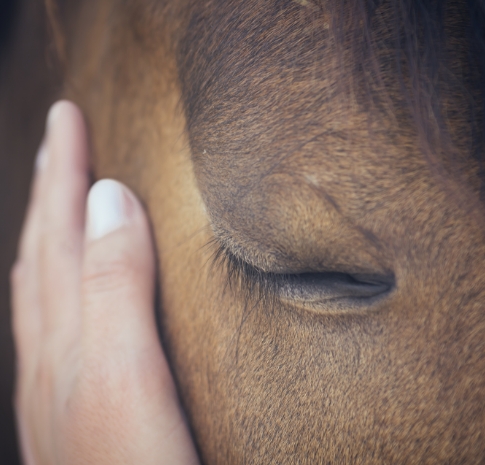If your horse is infected, you may notice the following signs:1
- fever, which may be the only sign in some cases, and may be missed if the horse’s temperature is not measured
- coughing
- nasal discharge
- abortion, which usually occurs without warning, late in the pregnancy.
The respiratory disease caused by EHV most commonly affects young horses.1 Shedding via respiratory secretions typically lasts 7-10 days but may be longer, with aerosol being the primary means of transmission, either directly or indirectly through poor hygiene.
Mares that have aborted also shed virus in respiratory secretions with virus also being present in the foetus, placenta, foetal membranes and foetal fluids. Affected foals that are born alive typically die within days. A single abortion can be a precursor to abortion outbreaks.
The neurologic disease caused by EHV-1 infection is known as equine herpes virus myeloencephalopathy (EHM), and is due to damaged blood vessels, including damage to the blood-brain barrier.
EHM may occur without any signs of respiratory disease and commonly affects the hind limbs and the urinary system.
Signs include:1
- lack of co-ordination
- urine retention incontinence
- inability to stand up, if severely affected.
If your horse is only mildly affected, there’s a good chance of recovery, but there’s a poor outlook for those that have been severely affected. It may take several weeks or months to recover from neurologic problems, and some horses are affected for the rest of their lives.1

